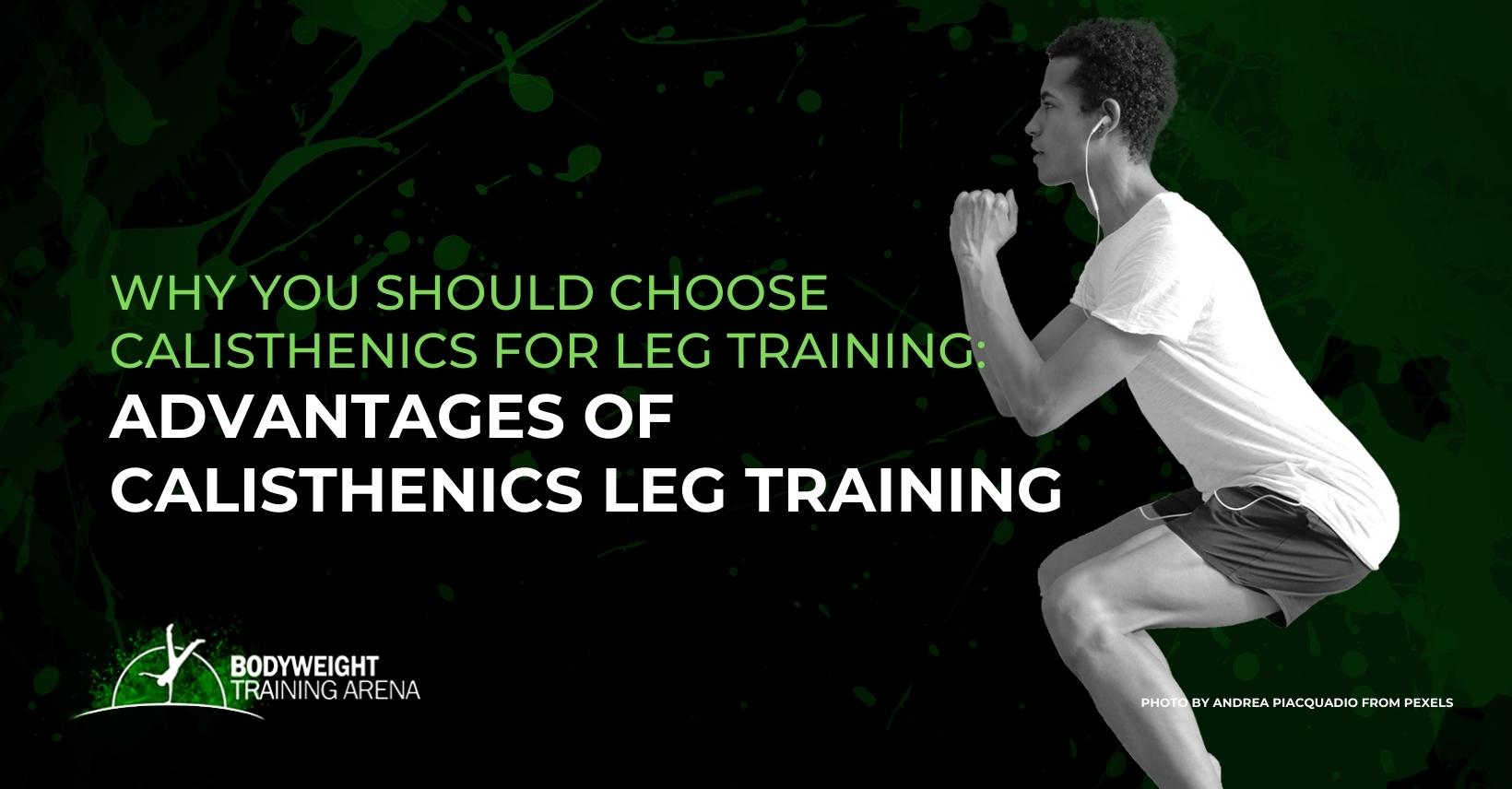
Join the tribe of Movement & Calisthenics Athlete – People just like you that are working with their own body weight to get strength, lose fat build muscle, recover from injuries and live their best lives!
If you’re looking for a way to get in shape and work on your leg muscles, then calisthenics is a great option.
Yes, lower body training isn’t exclusive to weight training. Calisthenic exercises can also deliver results in muscle, strength, mobility, and much more!
You don’t always have to rely on free weights.
In this article, we’ll look at some other reasons why people choose calisthenics training for the lower body.
What is calisthenics?
Calisthenics is a form of resistance training that uses your own body weight as resistance. It can be done with minimal equipment which is why convenience is a number one advantage for individuals who are looking to improve their lower body capabilities.
Calisthenics is popular in terms of developing relative upper body strength which is usually displayed through advanced calisthenics skills such as the planche, levers, and much more. As a result, upper body exercises are mostly the priority for calisthenics athletes who are looking to specialize in skills or general upper body strength.
Breaking the myth
Due to a lack of understanding of the training method and approach, many myths have been surrounding calisthenics training but let’s cover those that are particular with lower body workouts.
Myth 1# Calisthenics can’t build muscle
This is the number one lie people tell you about calisthenics.
The main argument is that you can’t develop bigger legs by working only with your own bodyweight as resistance training and that’s why most calisthenics athletes have “chicken legs”.
Weight lifting has been a staple for overall muscle development not only for the lower body thanks to the prioritization of mainstream media, but that doesn’t mean it’s the only way to get results.
Most people already know that calisthenics can build muscle for the upper body.
But calisthenics can also build bigger legs.
The misconception stems from the fact that calisthenics individuals who specialize(keyword here) in skills tend to undergo specific skill and strength training for the upper body and lessen leg workout to keep the legs lean and light compared to the very strong and muscular upper body. Sometimes they skip leg workouts or just allot a much smaller frequency to minimize the growth of the legs. The heavier and bigger the legs, means the harder most calisthenics skills become.
This is not the overall bodyweight training goal but the calisthenics training mostly highlighted on Youtube, Instagram, Tiktok and other platforms feature extreme skill and mastery of the bodyweight for mostly upper body pushing and pulling strengths.
Think of one-arm pull-ups, planches, levers, all the exercises for a strong upper body. They built an amazing physique and strength for their upper torso because they train specifically for it.
But for a more generalist approach of developing an overall balanced body, lower body development is possible with body weight exercises.
Build bigger legs through lower body training with
- proper exercise choices such as squat progressions
- using correct muscle building techniques such as meeting enough training volume and training frequency
- inclusion of isolation exercises to target specific muscle groups to build the entire legs
For more targeted leg training, check out the article below:
HOW TO TURN YOUR LEGS INTO TREE TRUNKS WITH JUST YOUR BODYWEIGHT
Myth 2# Calisthenics leg training is only for endurance
Since many think lower body training with bodyweight is “easy”, people tend to assume that bodyweight training is only viable for endurance.
This thinking possibly stems from the fact that most people don’t know about ways to increase the intensity of calisthenics exercises through progressions and how to manipulate other variables to make workouts more challenging.
Adding more reps isn’t the only way to make workouts progressive.
However, it offers many other benefits rather than just increasing your capacity to perform low-impact exercises for longer periods of time. We’ll discuss and debunk more of this myth later in the advantages section.
Why calisthenics leg training works
Build strength through bodyweight exercises
People usually rely on weights for strength training for the lower body but calisthenic exercises can also boost your muscle fibers to develop calisthenics power and strength.
The one-leg squats are a unilateral squat variation that can develop strength and power if regular squats are too easy. There are progressions you can use to gradually work your way to the pistol squats.
The key here is to choose the exercise progression that will suit your skill level that has enough challenge to develop strength. Aim the lower range of reps like 4-6 reps for 3-5 sets. Rest for 3 minutes.
For power, you can also add explosive jumping squats with different variations.
Caveat: limited loading
Although bodyweight provides an amazing tool, we cannot deny the limitation if you want to build more strength.
Let’s take single-leg squats for example. The unilateral movement can develop strength, but also makes increases the stimulus by adding other elements such as balance, coordination, and mobility to the exercise. It’s not as straightforward as increasing strength alone.
If ever you want to build more absolute strength, you have to rely on weights for that. However, you can always combine weighted exercises with calisthenic exercises for maximum gains.
Builds bigger leg muscles
Many think that building muscle mass isn’t possible with calisthenics, but the problem is that they are making their bodyweight leg workouts challenging enough to stimulate growth.
Get enough volume
Volume refers to the sets and reps in relation to the intensity of an exercise.
Even if you’re using just bodyweight squats, you can definitely build your legs if you can get enough training volume for your legs. The secret is to make it challenging enough to train near failure or when you’re nearing the phase that you can no longer do a single rep of the exercise.
Study shows that meeting enough volume by increasing your volume to near failure may not assist so much in building strength, but can induce muscle growth.
In a practical situation, this means going past the regular 3 sets of 8-12 reps. You don’t need to stay confined in this training volume. Get more sets like 4-6 and more reps like 15-30 or more.
Yes, it’s more on the muscular endurance side, but it will still build your leg size.
Isolation exercises
You don’t have to solely rely on squats for your legs.
Another method of how calisthenics builds bigger legs is the variety of exercises that can “isolate” certain muscles of your legs.
Isolation exercises help you add volume to your leg training which creates more metabolic stress. The more stress, the bigger legs.
Here are some options and their targeted muscles below. You can also click the link for a more comprehensive list of exercises for each muscle group.
- Quads – Sissy squats, Bodyweight squat extension
- Hamstrings – Nordic curls, Glute-hamstring curls
- Glutes – Glute focused lunge, Glute-hamstring bridge
- Calves – Calf raises
For those who are plagued with their calf development: yes, it’s possible to build bigger calf muscles without the addition of external weight.
But for calves, keep in mind that genetics plays a massive role in the size. We cannot alter the muscle length which affects how big it looks, but we can help it grow with enough effort. Keep the volume high and push your calves to the limit.
Leg size development is inevitable if you’re exerting high effort and playing with body positions.
Compound movements such as squats are great for the beginning of the workout, but including isolation exercises to target a specific muscle group at a time to increase training volume matters for hypertrophy.
Just keep in mind that in order to build muscle, you need to also get a proper diet and sufficient rest. More on muscle building in this article – HOW TO BUILD MUSCLE MASS USING ONLY YOUR BODYWEIGHT
Targets more muscle groups with complex calisthenics exercises
If you’ve noticed above, isolation is quoted.
Why?
Because in reality, calisthenic exercises are all compound exercises. There are just some exercises that can minimize the usage of other muscle groups. They still stimulate multiple body parts even if one movement uses only a single joint.
Multiple muscle groups are stimulated and all the time, the core muscles are working with leg exercises. Expect a fatigued core after your leg day.
More than just strength and muscle
Not all people just want to get bigger and stronger.
Bodyweight exercises reach offer other fitness goals even just using squat variations. It improves not only the legs but also the entire body as well. Bodyweight squats seem easy but modifications can be made to improve other aspects such as balance, explosiveness, mobility, flexibility, coordination, endurance, and awareness.
Better movement, better life
The primary aspect we want to improve with bodyweight leg workouts is our overall movement that translates to our everyday life.
Getting proficient with squats and other leg exercises allows us to move freely with our daily movements.
Dropped your wallet? Easy. Just squat down and pick it up. No need to break your back.
The floor’s a bit slippery? No worries! Your improved coordination and balance can help you maintain the upright position.
Need to run to catch your next flight? You can make bigger strides safely thanks to your improved mobility.
You might not notice these improvements immediately, but your leg gains add up for your overall movement patterns and better quality of life.
Improves mobility
Another reason why you need to train calisthenics for your legs is to improve your mobility.
Mobility refers to the range of motion you can perform without any help from an external factor. For example, raising your leg upward is mobility. Raising your leg with the help of your hands pulling it is flexible.
In practical terms, we can use mobility much more as it’s used in many movement patterns and translates our strength to real-world situations.
Let’s take squats for example. Deep squats are the main objective of calisthenics squat training. Getting to a 90-degree bend isn’t enough since we also want to improve our range of motion.
With deep squats, we get to strengthen the entire leg throughout the whole range from the top position until the deepest strength position.
Better mobility means stronger in the real world.
Easier on the joints
Since calisthenics works with body weight, it places a lot less force on the joints. There’s less risk of adding too much tension on the joints so there’s also less risk for injury.
With calisthenics training, you can easily modify the body position to increase the loading without external weights while still being safe and progressive with your workout.
Balanced muscles
Another advantage of using bodyweight is that you will be prioritizing some unilateral exercises that promote balanced muscular development.
Muscle imbalance is a common issue in resistance-trained individuals which is caused by favoring one side of the body. This can physically manifest through one leg size appearing larger than the other. This causes an unappealing physique but also causes muscular and joint pain due to compensations to the weaker side.
Because of the progressive nature of calisthenics, additional loading is made through mechanical disadvantageous positions or through unilateral exercises so you can not pass on these single-leg exercises if you want to progress further.
Get balanced development through pistol squats, lunges, and cossack squats.
To fix your imbalance, add 1 to 5 reps or even a full set on your weaker side so it can catch up with your dominant side.
Help lose fat
Calisthenics leg training is fantastic for fat loss.
Working different muscle groups at the same time burns more calories as it requires you to exert more effort to execute the movement. More calories burnt means more fat potential to lose fat.
Another reason why it’s effective with fat loss is that you can’t cheat your way into a pistol squat if your body fat is high. If you are training for its progressions, your body will naturally adapt to the demands of the exercise so you can perform it. Your body will shed fat and burn calories in order to execute leg exercises efficiently.
Just be sure to be in a caloric deficit to actually lose fat. Remember, you can never out-train a bad diet.
Calisthenics leg workout routine
There are many ways on how to implement leg workouts into your exercise routine. Circuit training is one of the great options that allow you to build muscle, burn fat, improve mobility, and endurance in a shorter amount of time.
Circuits are done by working on an exercise then moving to the next exercise with 0 to minimal rest. This keeps your heart rate and the intensity of the workouts high and your workout short, but effective. Get longer rest periods after completing one round then repeat the cycle a few more times.
We’ll be using different exercises to target all the muscles of your legs to get global leg development. No exercise equipment is needed.
Leg Workout Circuit Training Sample
- Rounds 2 to 4
- Rest periods after each exercise: 0 to 60 seconds MAX
- Rest after one round: 1 to 2 minutes
- Adjust the progression of the exercise based on your skill level
Warm-up
Jumping jacks 60 seconds to raise the body temperature
You can also follow our complete guide to warm-up here :
The Ultimate Calisthenics Warm-up Guide for Maximum Performance and Safe Progress
Workout proper
Box pistol squats – 10 reps for each leg
How to perform:
- Stand behind a box or chair.
- Raise one leg forward.
- Bend the standing leg and drop the hips until your bum touches the elevated surface. Keep your front leg straight and hovering over the ground.
- Push back up using your planted to begin in the starting position.
- Repeat for reps and the same movement for the other leg.
Rest
Glute bridges – 15 reps
How to perform:
- Begin in a lying position with your knees bent and feet near your bum.
- Push down your feet and push your hips upward while maintaining contact with your upper back on the floor.
- Hold the top position for a few seconds.
- Lower down with control.
- Repeat for reps.
Rest
Switching Jumping lunges – 10 reps for each leg
How to perform:
- From a standing position, place one foot forward.
- Bend your knees downward until the back knee nearly touches the ground.
- Explosively push upward to perform a jump and in mid-air, immediately switch leg position.
- Catch the landing straight into a lunge.
- Repeat the alternating jumps for reps.
Rest
Side to side squat – 10 reps each side
How to perform:
- Begin in a standing position with a wider stance.
- Lunge to one size while keeping your upper body upright.
- Push back to the standing position.
- Repeat the motion for the other side.
Calf raises – 25 reps
How to perform:
- Stand on an elevated surface with only your balls of your feet on the surface while the heels dropping towards the ground.
- Push down the balls of your feet to point your toes and stimulate the calf muscles.
- Pause at the maximum height.
- Slowly lower down with control until heels drop down past the elevated surface
- Repeat for reps.
Rest
Wall squats – 45 seconds
How to perform:
- Stand with your back flat on the wall and feet slightly forward.
- Squat down until your quads are parallel to the floor.
- Hold the position.
END OF ROUND
Choosing calisthenics depending on your goals
The human body is powerful adaptive and using only your own body weight can deliver results. It has its advantages when it comes to lower body training, but it also has it’s own flaws.
Weight training and calisthenics have always had their own benefits and you can always choose both to get the best of both worlds depending on your goals.
Conclusion
What ever general fitness goals you have in mind such as to build muscle, lose fat, improve your athletic ability. Calisthenics workouts, even for your legs, should be included in your training regimen for an overall, holistic development.
Break away from the regular gym class mentality that calisthenics is only for beginners and for endurance.
Take advantage of the advantages calisthenics leg workouts can provide! But it will only be efficient if you have an adaptive program that’s tailored just for you.
To get started to a personalized calisthenics program, know where you are in your current calisthenics journey.
TAKE THE ASSESSMENT NOW!


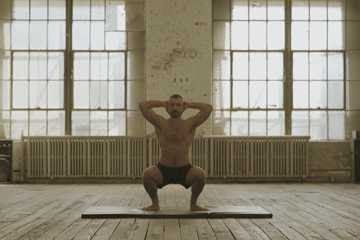
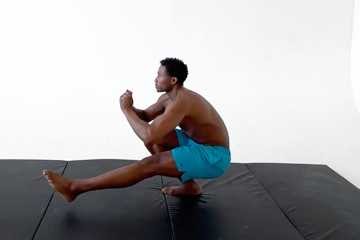
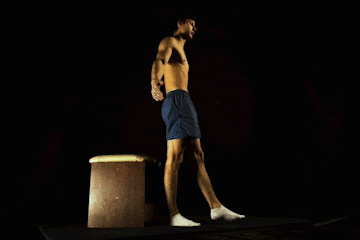

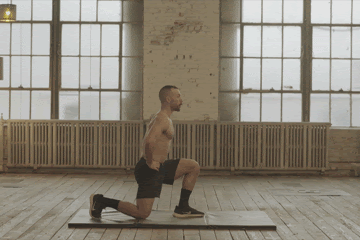


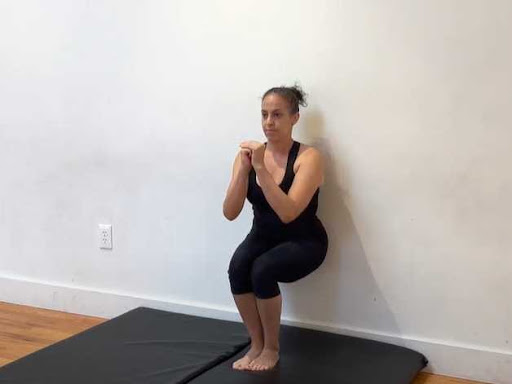
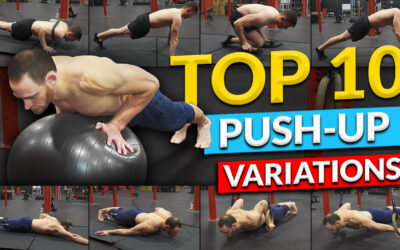
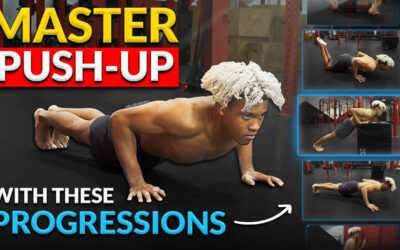

0 Comments